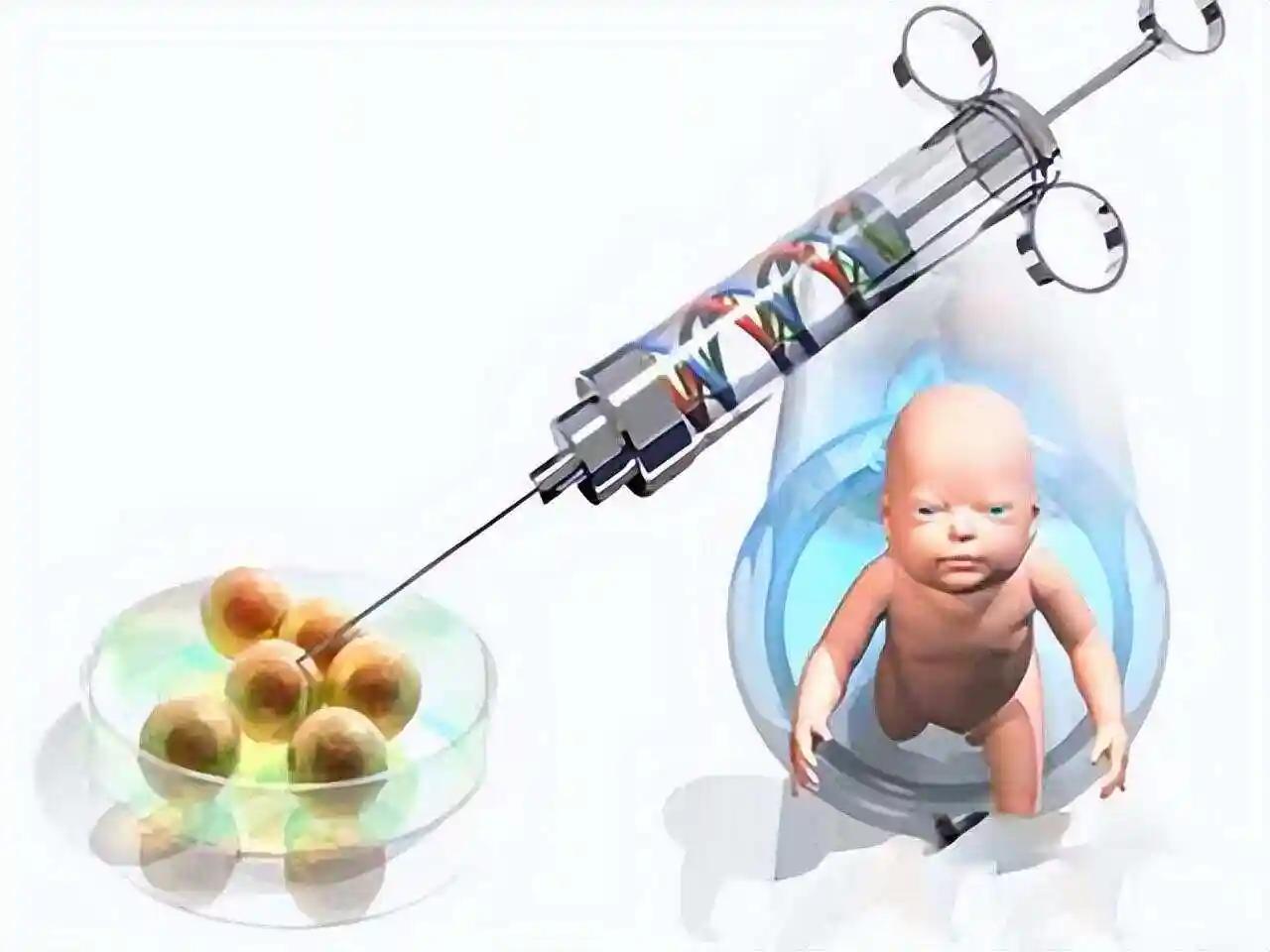5 Life and Death Decisions to Ask About Embryo Talk
Chapter 1: The Embryo Grading Code – Is Your Embryo a Diamond or a Crushed Stone?
“My palms were sweaty when my doctor said ‘three 8-cell embryos need to decide where to go’.” Emily Martinez from New York, who does surrogacy, recalls. Embryo grading is the best-kept secret of the IVF cycle, and doctors often spend as little as three minutes deciding where tens of thousands of dollars’ worth of fertility results will go.

- Embryo Classification Declassification Chart (International Standard)
| hierarchy | cell number | fragmentation rate | migration priority | Clinical pregnancy rate |
|---|---|---|---|---|
| first class | 8 cells | ≤5% | Priority transplantation | 65%-70% |
| category B | 6-7 cells | 6%-20% | programming language | 45%-55% |
| three-tier | 4-5 cells | 21%-50% | Suggested Sacs | <30% |
A lesson in bloodshed: Berlin surrogate Sophia Clark lost $32,000 in ovulation costs when she sacced all 3 of her second-tier embryos.
- The “Russian Roulette” of sac retention
High quality embryos: 60%-70% form blastocysts (grade AA/AB).
Ordinary embryos: may be 100% dead (lab data shows an average loss rate of 52%)
Golden rule: freeze at least 2 good quality embryos before attempting blastocyst rearing
- The game of survival in cryonics
Vitrification freezing: survival rate >95%, but live birth rate plummets 40% for embryos with <90% cellular integrity after thawing
Death Trap: Embryos that are repeatedly frozen and thawed more than 3 times have a 2.3-fold increased risk of chromosomal abnormalities
Chapter 2: 3 Truths Labs Won’t Tell – Turning Your Perception Upside Down
- 8 Cells ≠ Quality Embryos
Dr. Michael Greene of the Harvard Reproductive Center warns, “Over-developed 8-cell embryos may be accompanied by chromosomal abnormalities, while 6-cell ‘chronic’ embryos may be more stable.”
Real life example: Los Angeles surrogate Jessica Brown transferred a 6-cell second-degree embryo and successfully delivered a healthy baby boy
- Fragmentation rate: the “countdown to death” of the embryo
≤20% fragmentation: normal metabolites, does not affect development
≥30% fragmentation: mitochondrial failure, 80% increase in miscarriage rate
≥50% fragmentation: lab directly recommends abandonment
- The “unspoken rules” of the talk room
Doctors default to you knowing: no active explanation = assume you have the basics down
Fatal Mistake: 83% of surrogate moms make poor decisions because they don’t follow up with details about fragmentation rates
Survival Gear:
✅ Recording pen (signed consent for medical recording required)
✅ Micrographs of embryos (400x magnification required)
✅ List of questions (prioritized over family accompaniment)
Chapter 3: The Ultimate Decision Model for Global IVF Veterans
- Essential Tools and Data Verification
Three-factor confirmation form:
✅ Cell count per embryo + fragmentation rate + symmetry score
✅ Laboratory historical sac-raising success rate (age-specific data required)
✅ Annual fee for cryopreservation + compensation clause for thawing damage
- Decision Tree: Fighting Anxiety with Algorithms
- quality embryos ≥ 2 → 50% freezing + 50% saccarification (balancing risk)
- predominantly normal embryos → all sac-raising betting probability (for women <35 years old)
- only 1 embryo → direct vitrification freezing (92% survival rate)
- Cases of pitfalls in international institutions
Spanish scandal: embryo mislabeling leads to surrogate family raising non-biological child for 6 years, compensation of €580,000
Protection strategy:
Confirmation that laboratories use ISO-23179 double-checking system
Require Embryo Storage Tanks to be Equipped with 24-Hour Temperature Tracking Chips
Chapter 4: Technological Revolutions and Legal Minefields – Future Trends You Must Know About
- ai embryo rating system
EmbryoScore developed by MIT: 91% accuracy in predicting live birth rate from 3000 morphological parameters
Clinical application: transfer success rate increased from 42% to 67% after use in a New York clinic
- Mitochondrial Replenishment
For advanced embryos: injecting young donor mitochondria increased the success rate of saccarification by 23%.
Ethical controversy: 12 cases of “three-parent babies” have been born in the UK.
- Global Legal Differences
California: Surrogate mothers are allowed to dispose of embryos.
Germany: Embryo freezing for more than 5 years is strictly prohibited.
China: Single Women Banned from Freezing Embryos
Conclusion: 3 minutes to control your destiny – a metamorphosis from medicine to strategy
“After the conversation that day, I left the clinic with 2 frozen grade 1 embryos and 3 grade AA blastocysts from successful sac raising, finally understanding that knowledge is the best fertility insurance.” Sydney surrogate mother Anna Wilson’s epiphany reveals the ultimate truth of modern reproductive medicine – in this battlefield where technology and humanity intertwine, only a clear-eyed decision-maker can win the medals of life.
相关推荐
- Seven Differences Between IVF and Natural Pregnancy
- Preventing and resolving Down’s syndrome: A global breakthrough in IVF technology and hope for the future
- The Ideal Childbearing Age for Surrogacy
- The Preparedness Revolution: The Lancet’s Disruptive Study Reveals the Truth About Health That Affects Three Generations of Children and Grandchildren
- Tubal evaluation before embryo transfer in Kyrgyzstan
Search within the site
Surrogacy News
Hot Tags.
Kyrgyzstan Surrogacy Agency,Global IVF Hospitals,International Surrogate Mother Recruitment